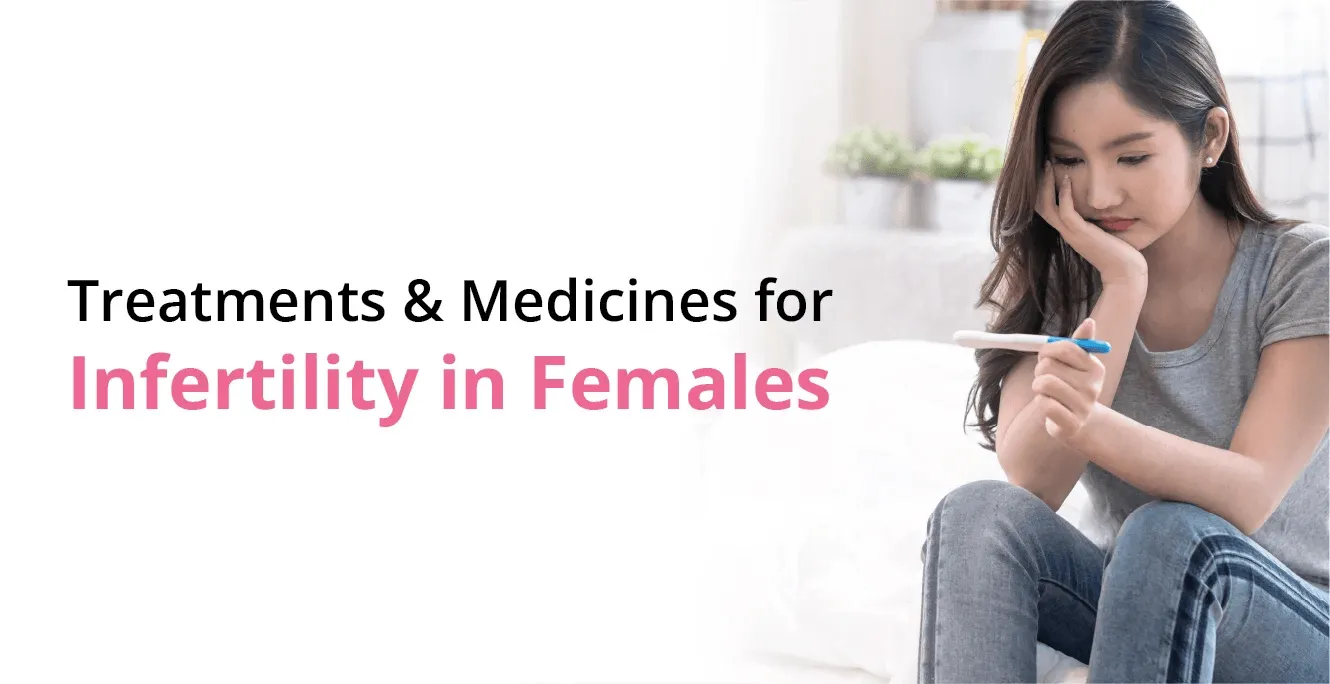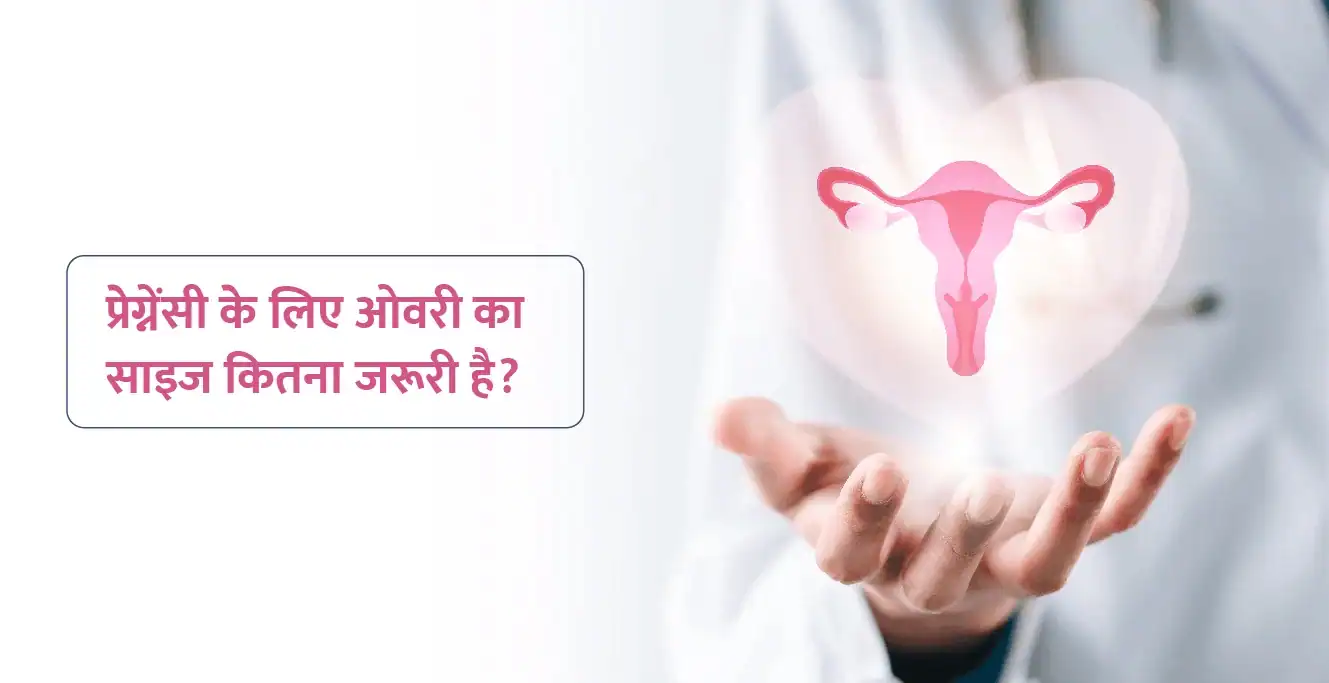
How Long Does It Take for Sperm to Reach the Egg?

Table of Contents
- Key takeaways
- How long does sperm take to reach the egg?
- The sperm’s journey: Navigating the female reproductive system
- The moment of truth: Sperm and egg fertilisation
- Boosting your chances of conception: The fertile window
- Factors that influence fertility
- Boosting your fertility: Tips for conception success
- A Word from the Expert
Key takeaways
Understanding the journey of the sperm to the egg is crucial for planning a family or addressing fertility issues.
- The fertilisation window spans approximately five days before ovulation to the day of ovulation, when pregnancy is most likely.
- Sperm can survive in the female body for three to five days, with some reaching the egg in as little as 30 minutes.
- However, egg viability is only about 12 to 24 hours, making timing important. Once a sperm penetrates an egg, fertilisation takes around 16 hours.
- The fertilised egg then becomes a blastocyst and implants itself in the uterus over several days.
- Hormonal changes follow, allowing pregnancy tests to detect early signs.
- The chances of conception vary by age, with approximately 58% of couples conceiving within six months.
The journey of the sperm, from ejaculation to fertilisation, is a fascinating process that can leave many wondering, “How long does it take for sperm to reach the egg?” In this blog, we’ll discuss this incredible voyage in detail, exploring the factors that influence fertility and offering insights to help you on your path to parenthood.
How long does sperm take to reach the egg?
After ejaculation, sperm embark on a complex journey through the female reproductive system. Here’s what you need to know:
The first leg: From ejaculation to the fallopian tubes
After ejaculation, the sperm embark on their journey through the female reproductive tract. This initial phase can be surprisingly quick, with some sperm reaching the fallopian tubes within a mere 30 minutes. However, this is just the beginning of their adventure.
The long haul: Sperm survival and the fertile window
On average, it takes anywhere from 14 hours to 5 days for sperm to reach the egg after intercourse. This wide range is due to several factors, including the timing of ovulation and the sperm’s ability to survive in the female reproductive system. Sperm can live for 3 to 5 days inside a woman’s body, allowing them to fertilise an egg if it is released during this period.
The table below shows the average time it takes for the sperm to navigate through different organs of the female reproductive system.
|
Journey Stage |
Approximate Time |
|---|---|
|
Vagina to Cervix |
30 minutes to 2 hours |
|
Cervix to Uterus |
2 to 7 hours |
|
Uterus to Tubes |
6 to 12 hours |
|
Tubes to Egg |
5 minutes to 5 days |
Did you know?
The path from the vagina to the fallopian tubes is about 15 to 18 cm long. While this might not seem like a great distance, for the microscopic sperm, it’s quite an odyssey!
The sperm’s journey: Navigating the female reproductive system
Once sperm enter the female reproductive tract, they face a gauntlet of challenges:
The number game: Sperm survival
During ejaculation, millions of sperm are released, but only a small fraction survive the journey through the female reproductive system. Out of the millions of sperm released during ejaculation, only about 100-200 hardy warriors manage to reach the egg.
Overcoming obstacles: The cervical mucus
After entering the vagina, sperm must navigate through the cervical mucus, which can either facilitate or hinder their progress depending on its consistency. During ovulation, the cervical mucus thins out, allowing sperm to pass through more easily. The sperm then travel through the uterus and into the fallopian tubes, where they await the release of an egg.
Preparing for fertilisation: Capacitation
Before fertilisation can occur, sperm must undergo a process called capacitation. This involves changes induced by fluids in the female reproductive tract, which prepare the sperm to penetrate the egg’s outer layers.
The moment of truth: Sperm and egg fertilisation
When sperm finally meet the egg, a precise sequence of events unfolds:
The meeting of sperm and egg
Fertilisation occurs when a sperm successfully penetrates the outer layers of the egg, specifically the corona radiata and zona pellucida, and fuses with the egg’s inner membrane. This typically happens in the fallopian tube and results in the formation of a zygote.
From zygote to blastocyst: The early stages of development
After fertilisation, the zygote begins to divide and multiply, becoming a morula and eventually a blastocyst over the course of 5–6 days. The blastocyst then travels down the fallopian tube and into the uterus, where it implants in the uterine lining.
Implantation: The beginning of pregnancy
Implantation usually occurs between 6 and 10 days after fertilisation. During this process, the blastocyst attaches to the uterine wall, triggering the production of Human Chorionic Gonadotropin (hCG), which is detectable in blood and urine tests and indicates pregnancy.
Boosting your chances of conception: The fertile window
While sperm can survive inside a woman’s body for up to 5 days, their viability decreases over time. To optimise your chances of conception, consider the following tips:
-
Timing is key: The best odds of conception occur when sperm are already present in the fallopian tube when ovulation happens. This means having sex anywhere from 5 days before ovulation to the day of ovulation itself.
-
Track ovulation: Use predictor kits or monitor basal body temperature and cervical mucus changes to identify the fertile window more accurately.
-
Frequency matters: Having sex two to three times a week throughout the month, especially during your fertile window, can significantly boost your chances of success.
|
Days before ovulation |
Probability of conception |
|---|---|
|
5 days before |
10% |
|
4 days before |
16% |
|
3 days before |
14% |
|
2 days before |
27% |
|
1 day before |
31% |
|
Day of ovulation |
33% |
Myth vs. Fact
Myth: Lying down after sexual intercourse helps with conception
Fact: There’s no scientific evidence that lying down after intercourse increases the likelihood of getting pregnant. In a 2016 study, nearly 500 women undergoing intrauterine insemination showed no significant difference in pregnancy rates between those who rested for 15 minutes and those who moved immediately afterward.
Factors that influence fertility
Several factors can impact the ability of sperm to reach and fertilise the egg:
-
Sperm health: The motility, shape, and overall health of sperm are crucial for successful fertilisation.
-
Ovulation timing: Missing the fertile window significantly reduces the chances of pregnancy. Tracking your menstrual cycle and identifying signs of ovulation can help you pinpoint the optimal time for conception.
-
Female reproductive health: Conditions like polycystic ovarian syndrome (PCOS), diminished egg reserve, and structural abnormalities in the reproductive system can impact fertility. Regular check-ups and addressing any underlying issues are essential.
-
Lifestyle factors: Smoking, alcohol consumption, and obesity can negatively impact fertility in both men and women.
Boosting your fertility: Tips for conception success
While there’s no guaranteed formula for getting pregnant, these strategies can improve your odds:
-
Track ovulation: Use tools like ovulation predictor kits and basal body temperature tracking to identify your fertile window.
-
Adopt a healthy lifestyle: A balanced diet, regular exercise, and avoiding tobacco and excessive alcohol can improve both sperm and egg quality.
-
Choose sperm-friendly lubricants: Some lubricants can harm sperm motility. Opt for sperm-friendly options to support the fertilisation process.
-
Manage stress: High stress levels can interfere with ovulation and sperm production. Find healthy ways to relax and unwind.
-
Consider supplements: Certain supplements, such as folic acid, zinc, and CoQ10, may support reproductive health. Always consult with your healthcare provider before starting any new supplement regimen.
-
Seek timely medical advice: If you’re under 35 and have been trying to conceive for 12 months without success, or if you’re over 35 and have been trying for 6 months, it’s advisable to consult with a fertility specialist.
Cultural Wisdom: Ayurveda and fertility
Did you ever wonder how cultural beliefs tie into fertility? In India, Ayurveda suggests dietary choices like almonds and saffron to enhance male fertility and vigour. Modern research supports this traditional wisdom, showing these foods can positively impact reproductive health. It’s a beautiful blend of age-old traditions with today’s science, offering holistic ways to boost fertility.
A Word from the Expert
“The journey from sperm to egg is a delicate and intricate process. By understanding the factors that influence fertility and making lifestyle choices that support reproductive health, couples can optimise their chances of conception. Remember, every journey is unique, and patience and persistence are key.”~ Rakhi Goyal
Our Fertility Specialists
Related Blogs
To know more
Birla Fertility & IVF aims at transforming the future of fertility globally, through outstanding clinical outcomes, research, innovation and compassionate care.
Had an IVF Failure?
Talk to our fertility experts

 Our Centers
Our Centers














